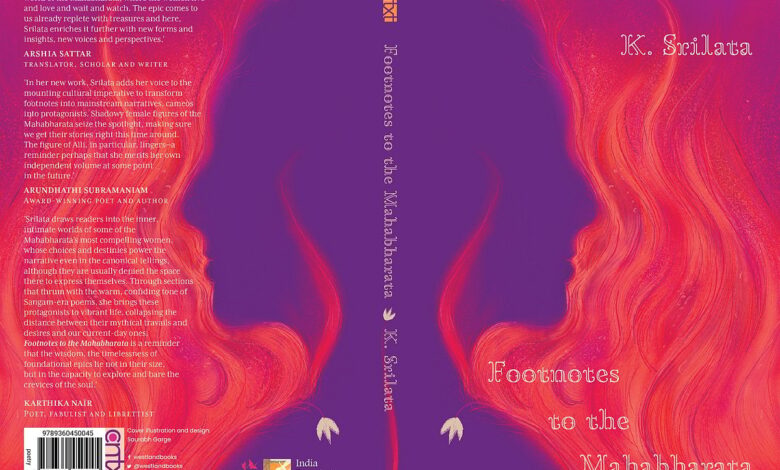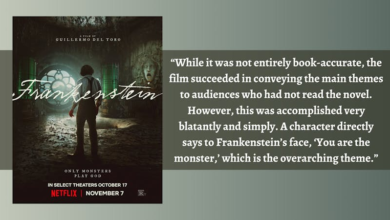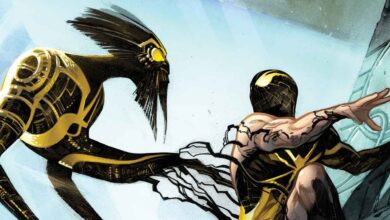In conversation with author of Footnotes to the Mahabharata

Could you take us through your writing process for this collection? How long did the book take to come together?
Footnotes to the Mahabharata was written over four-and-a-half years. You might wonder why such a slim book took so long. When I began, I had just left a 20-year career as a full-time professor at IIT Madras because I didn’t have the mind space or time for my writing — I was greedy for it. Suddenly, I felt a big emptiness and was confused about what I wanted to do with the time. The answer wasn’t immediate, though I kept writing. When I was de-cluttering bookshelves, I found retellings of the Mahabharata by Bhyrappa and others, which I read and got absorbed by. I decided to use these retellings as a base to write poetry from the perspectives of its women characters. It began as a game, but it grew on me. Personal difficulties interrupted the work, and I almost returned a grant I had from the India Foundation for Arts, but they were supportive. Life sorted itself out, I returned to writing, and the poems deepened and changed over time.
During one of your readings, you mentioned exploring additional characters who ultimately didn’t make it into the final collection. Could you tell us who they were and why they were left out?
Any serious writing is built on the “corpses of words” that don’t make it in. A lot of work is done that readers won’t see. As a writer, you have to ruthlessly discard what doesn’t meet your standards. When I was younger, I was very attached and submitted almost everything I wrote. Now I’m wiser. I wrote about 35 to 40 poems on characters that didn’t fit the book’s vision — including Madhavi, Subhadra, and even some men like Bhima and Yudhishthira. Though these came to me naturally while reading their stories, they didn’t fit the overall vision, so I left them out.
What stereotypes about women were you keen to challenge while writing this book?
Many stereotypes have already been broken by other writers, but a few stood out for me. For example, Draupadi had a life before becoming the wife of the Pandavas. She was a young scholar, poet, someone who liked to read and write. But we mostly know her through her suffering and marriage. With Kunti, we usually see a mature, chaste mother, but maybe there’s an unexplored aspect of female desire in her story. Hidimbi is seen as a fierce Rakshasi wife, loyal and strong, but we don’t often recognise her tenderness and love for Bhima and her son Ghatotkacha. These are some of the stereotypes I wanted to break.
Source link



